Flower essences are increasingly popular remedies thought to work on an energetic level to lift the mood, release fear, and revitalize a worn spirit. Making them at home is a joyful experience in radical self-care, intention-setting, and mindful action. It's also marvelously easy.
Jump to Recipe | What is a flower essence? | How does it work? | Why make them? | Tips | Dosage
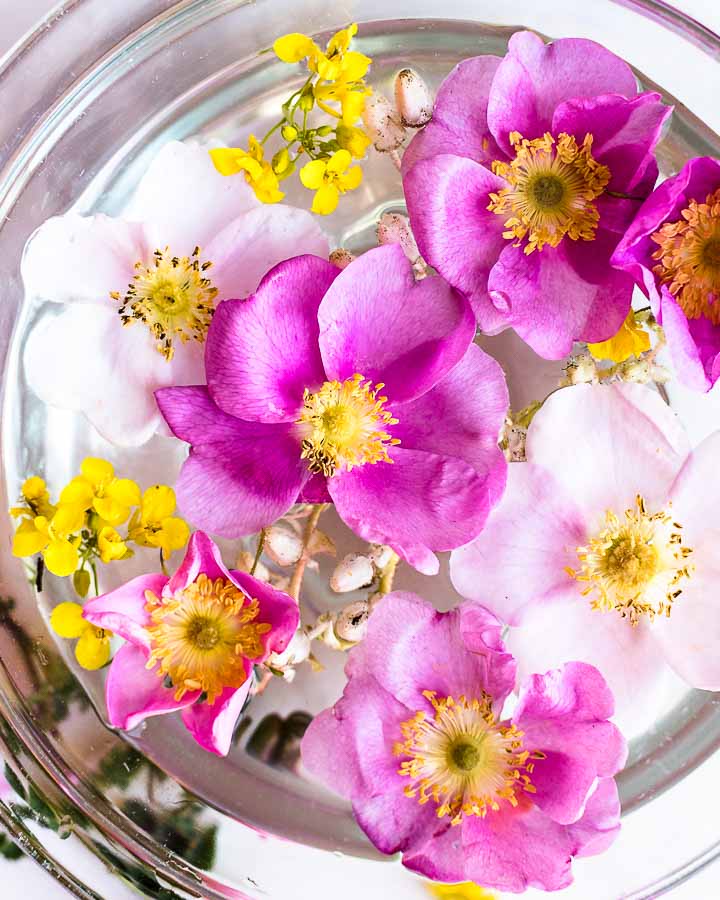
What is a flower essence?
Flower essences are a cross between herbal remedies and energetic medicine. You make them by allowing freshly picked flowers to float in spring water set in direct sunlight.
Traditional herbal remedies like fire cider, CBD oil, and nettle infusion extract plant matter into another medium like vinegar, oil, or water. By contrast, the intention behind making a flower essence is to extract the flower's metaphysical energy. Developed by Dr. Edward Bach, an early 20th-century homeopath, these remedies are thought to convey an uplifting energetic imprint into water.
Bach believed that each flower harbored its own distinct energetic vibration and then imprinted this energy into the water. Accordingly, practitioners believe that ingesting floral essences in microdoses helps convey that vibrational energy to the people who take them.
People take flower essences to support emotional balance, lift the spirit, gain greater mental clarity and connect with their higher self.
How do they work?
Because of how you make them, and because they are so dilute, flower essences contain no residual physical compounds from flowers. Rather, they're simply a mix of alcohol and water. For this reason, they do not work on any physiological level.
Some studies suggest they might be helpful for easing pain (1, 2), supporting sleep, and easing menopausal symptoms (3), and animal studies suggest they support blood sugar balance and heart health (4). But many studies fall under criticism, due to poor design or conflict of interest among the researchers. And systematic reviews tend to find no evidence of efficacy beyond the placebo effect (5, 6).
So why make them?
So while systematic reviews show no efficacy, floral essences can still be powerful tools for healing, and many people swear by them. Intention-setting, meditation, and mindfulness practices influence and support emotional balance and stress reduction (7, 8). Mindfulness and meditation also help improve chronic pain and elevate mood (9).
The practice of making and taking flower essence is deeply meditative. Also, as you prepare each essence you begin by setting an intention and goal.
For Bach's traditional flower remedies, each flower is associated with an emotional outcome: rose to reignite your passion for life, cherry plum to find clarity in chaos, olive for restoring mental energy.
As you prepare your own remedies, you can tap into your own needs and set your own intention. When you gather flowers, pay attention to how you feel around them, what you need, and what your goals are. Perform these acts with mindfulness and meditation, and then when you take your remedy, it acts as a gentle reminder of that intention. Whether it's the energetic imprint of flowers relayed through the essences or intention-setting, it's a beautiful (albeit a bit precious) exercise in radical self-care.
Tips for Making Flower Essences
It's easy to make your own flower essences. You'll need a few household items, a sunny day, and a place to gather flowers. Beyond that, keep these simple tips in mind:
- Start in the morning on a sunny day, gathering flowers still fresh with morning dew is thought to bring the most beneficial effects. And these essences rely on sunlight to release the plant's energy.
- Gather flowers you recognize and know to be safe. Since you remove all plant material from the essence, these remedies are safe. However, you should still exercise caution and pick only those flowers you recognize, can name, and know to be edible.
- Use clear glass for infusing the flowers. Traditionally clear glass is used to prepare the infusion, as it allows the sun's rays to better penetrate the water.
- Use dark glass to store the flower essences. Traditionally, dark glass is used to maintain the "bioactivity" of the remedy. Because I question what bioactivity remains in these remedies, I'm comfortable using clear glass. But traditionalists disagree.
- Store your essence in a dark cupboard, away from direct light and heat.
- If you avoid alcohol, try using vinegar or vegetable glycerin in place of brandy. Store this essence in the fridge.
How much to take
Flower remedies are a gentle remedy. You can take them if you're pregnant or breastfeeding, and you can give them to small children. Take 2 to 4 drops of the dosing essence under your tongue up to 4 times a day.
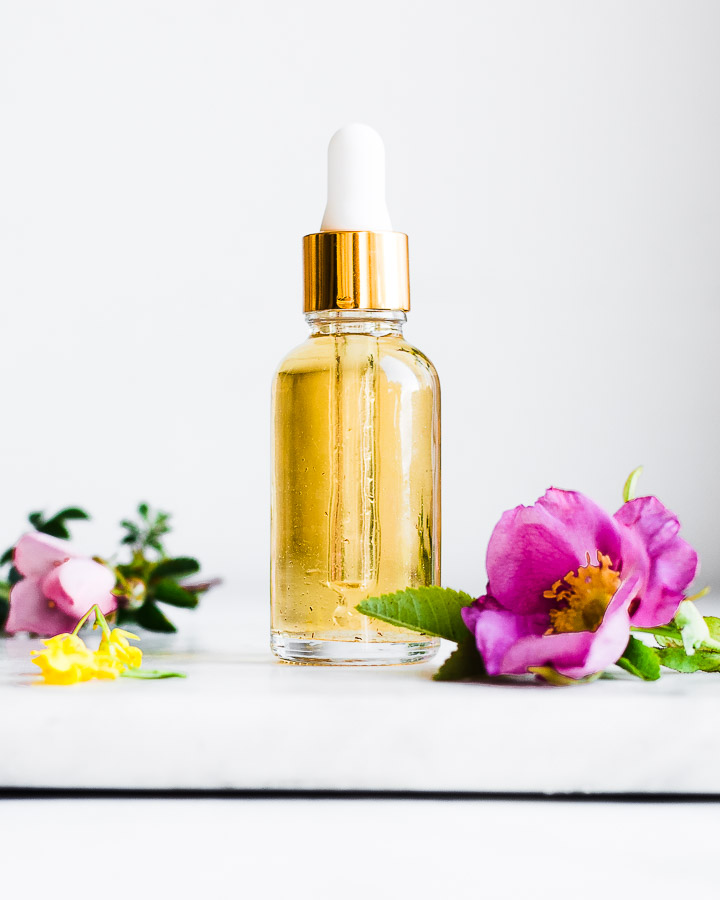
You might like these herbal remedies next
References
- Riva-Suarez, et al. (2017) Exploring the Effectiveness of External Use of Bach Flower Remedies on Carpal Tunnel Syndrome: A Pilot Study. Journal of Evidence-Based Complementary and Alternative Medicine.
- Howard. (2017) Do Bach flower remedies have a role to play in pain control? A critical analysis investigating therapeutic value beyond the placebo effect, and the potential of Bach flower remedies as a psychological method of pain relief. Complemental Therapies in Clinical Practice.
- Siegler, et al. (2017) Effects of Bach Flower Remedies on Menopausal Symptoms and Sleep Pattern: A Case Report. Alternative Therapies in Health and Medicine.
- Resende, et al. (2014) Preventive use of Bach flower Rescue Remedy in the control of risk factors for cardiovascular disease in rats. Complement Therapies in Medicine.
- Thaler K, et al. (2009) Bach Flower Remedies for psychological problems and pain: a systematic review. BMC Complementary Medicine and Therapies.
- Ernst, E. (2010) Bach flower remedies: a systematic review of randomised clinical trials. Swiss Medical Weekly.
- Goyal M, et al. (2014) Meditation programs for psychological stress and well-being: a systematic review and meta-analysis. JAMA Internal Medicine.
- van der Riet P, et al. (2018) The effectiveness of mindfulness meditation for nurses and nursing students: An integrated literature review. Nurse Education Today.
- Hilton L, et al. (2017) Mindfulness Meditation for Chronic Pain: Systematic Review and Meta-analysis. Annals of Behavioral Medicine.

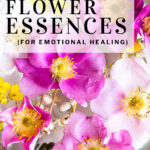
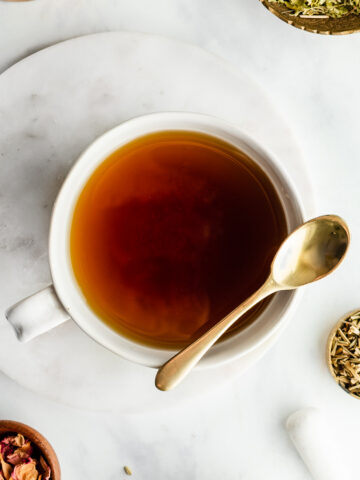
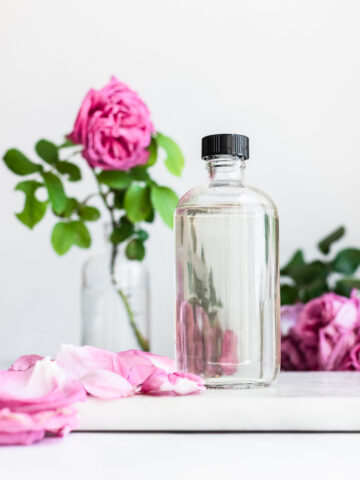
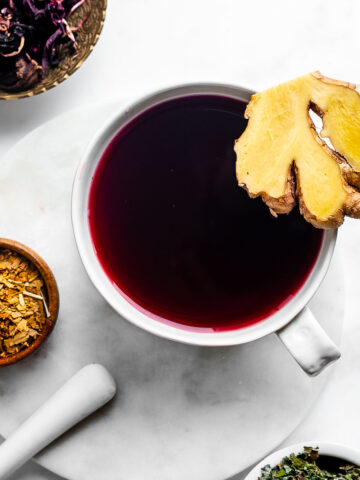
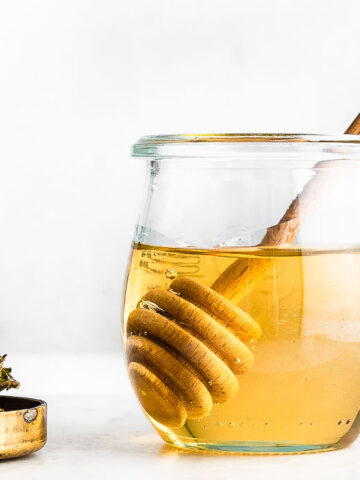

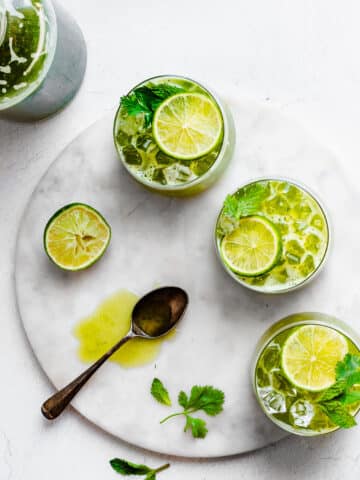
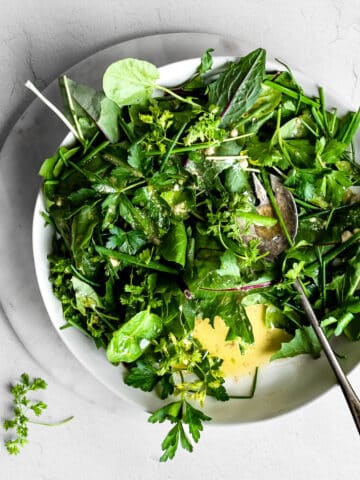
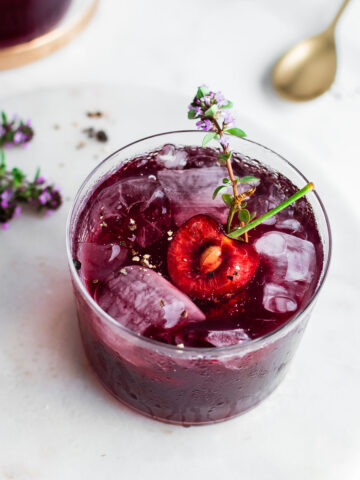
Comments
No Comments